
PPT Tooth Morphology PowerPoint Presentation ID3982267
The macromorphology of human teeth is of great importance to the scientific disciplines of anatomy, dentistry, physical anthropology, and forensic medicine. Morphological studies concerning the interrelation between the form and the function of teeth are essential to the understanding of ontogenetic and phylogenetic processes.

Molar Teeth Anatomy Anatomical Charts & Posters
The present chapter is proposing a detailed and illustrated description of dental morphology of permanent dentition. The main topics are related to nomenclature, age of emergence, a description of teeth's tissues (pulp, dentin, enamel, and cement), and morphology of all permanent teeth.

Check out this Behance project "Tooth Anatomy Poster"
A layer of innervated, porous tissue called dentin lies beneath the enamel and cementum and constitutes the bulk of the tooth. Dentin is living tissue and is enriched by dentinal tubules that run from the pulp. Dentin is composed of hollow tubules that contain fibrils and contain sensory endings.
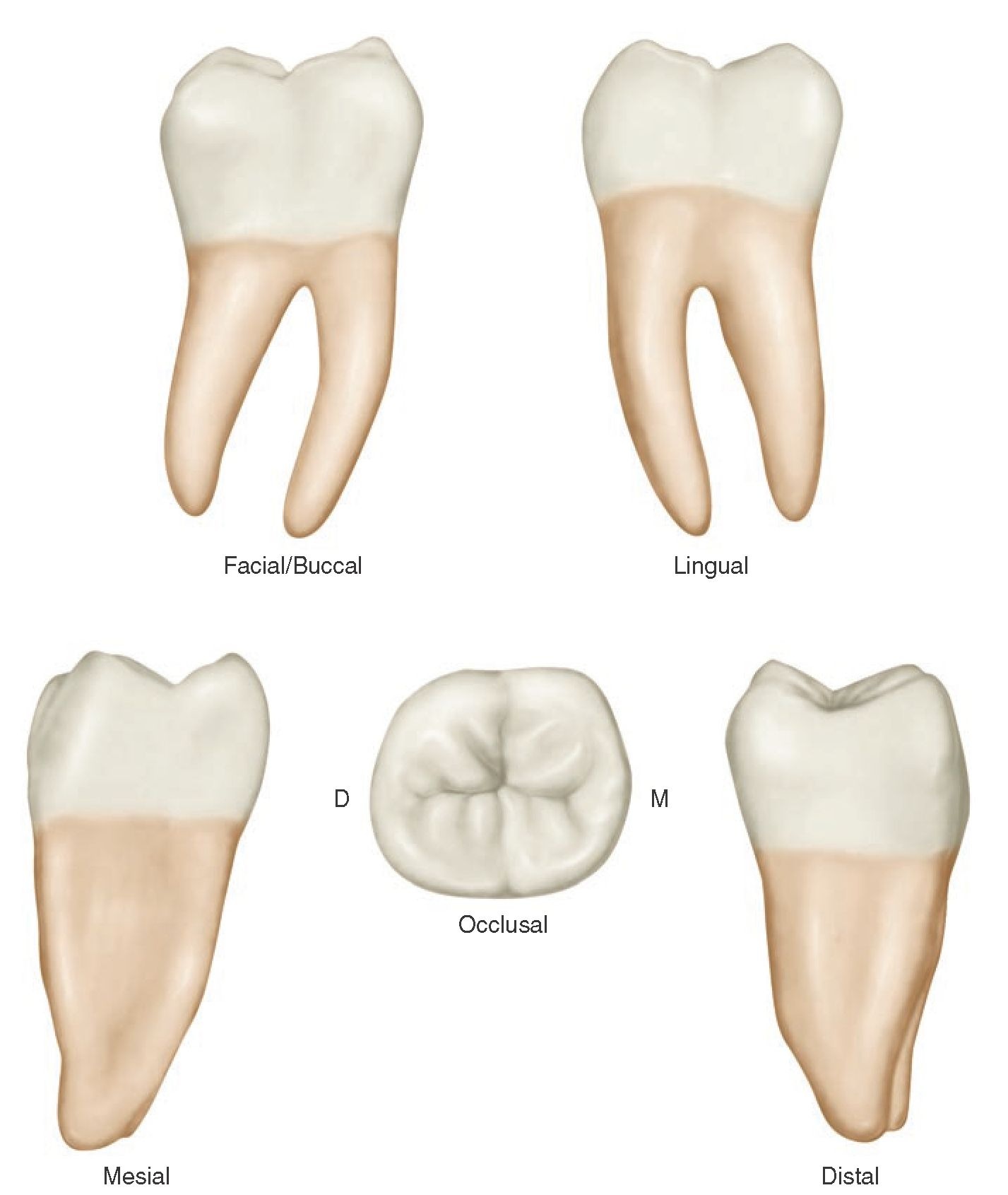
Anatomy Of A Molar Tooth Anatomical Charts & Posters
Types of teeth Number of teeth Summary Teeth names include incisors, canines, premolars, and molars. Each type of tooth has a specific function, including biting, chewing, and grinding up.

Structure of Tooth Diagram
Anatomy. There are twenty deciduous teeth in total, which means four medial incisors, four lateral incisors, four canines and eight molars. Each of the four oral quadrants that are separated by the midline and into the upper and lower jaw contain five teeth each. The milk teeth are numbered individually with double digits.
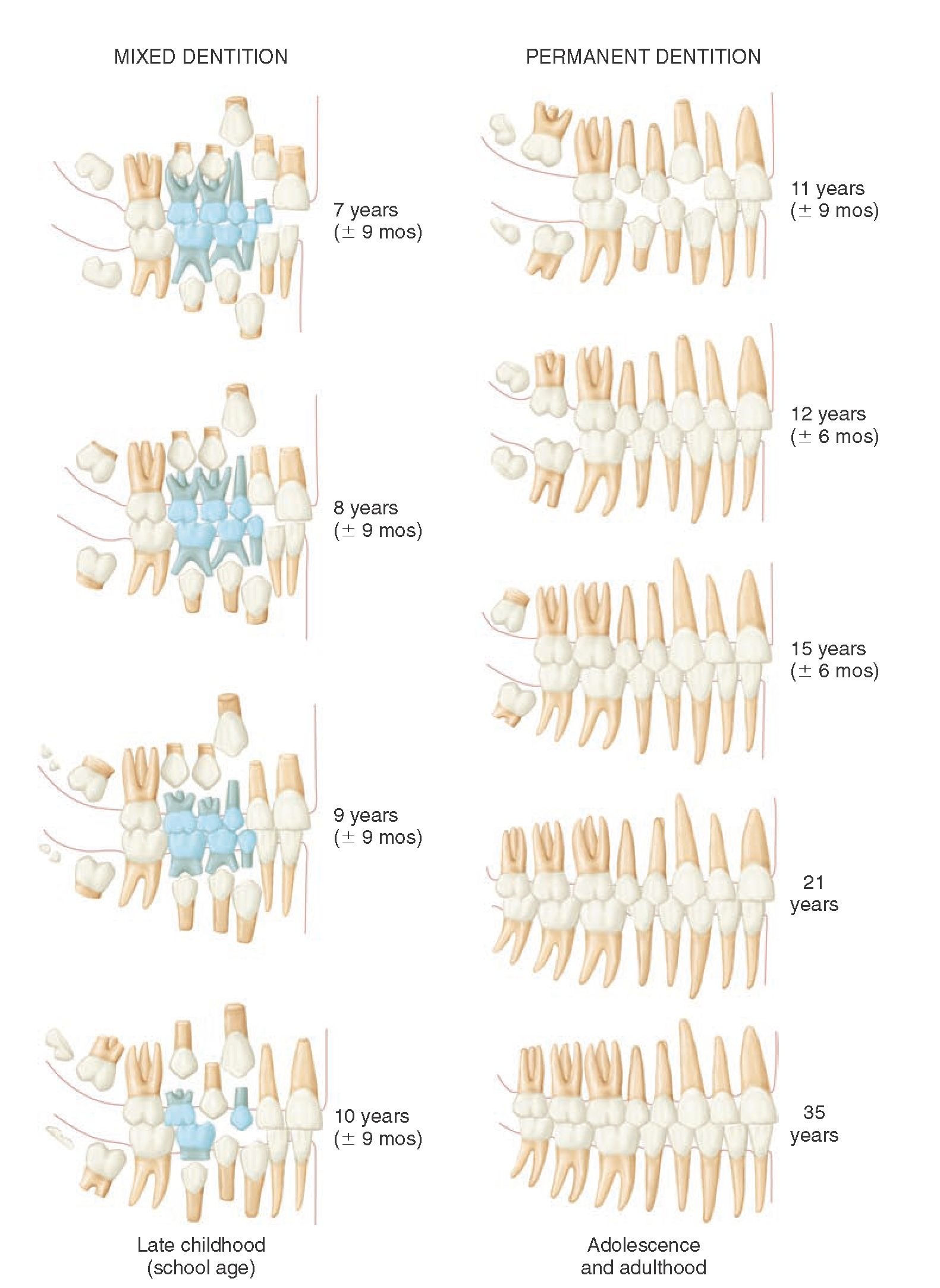
Review of Tooth Morphology (Dental Anatomy, Physiology and Occlusion) Part 1
). Innovative teaching methods are currently being incorporated into the teaching of tooth morphology (Nagasawa et al. ) in order to provide visualization and 3D comprehension of the dental morphological anatomy (Mitov et al. ). However, extracted teeth are still preferred for learning tooth morphology and also for examinations (Suh et al.
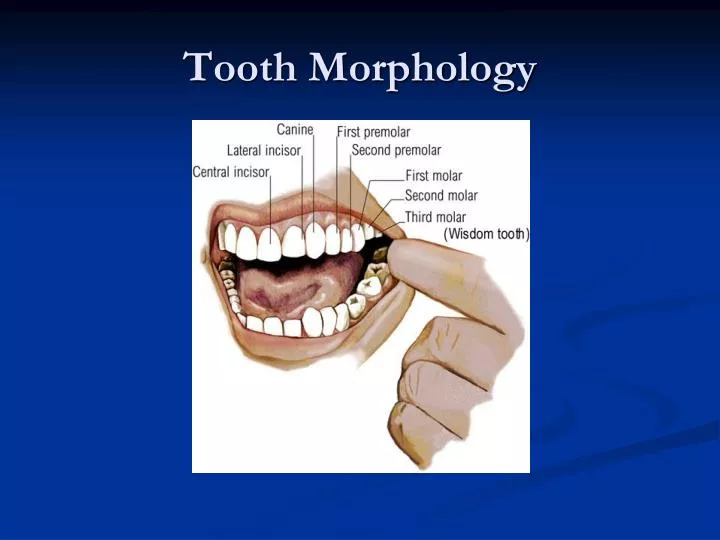
PPT Tooth Morphology PowerPoint Presentation ID3982267
The size of teeth crowns, number of roots, and morphology of occlusal surfaces, including cusps, interconnecting depressions, grooves, or pits, may differ among populations and genders [ 4, 5, 6, 7, 8, 9 ]. There are two sets of teeth during lifetime, the deciduous teeth and the permanent teeth.

Teeth Functions and the structure Dr. Nechupadam Dental Clinic
Dental anatomy Dental anatomy is a field of anatomy dedicated to the study of human tooth structures. The development, appearance, and classification of teeth fall within its purview. (The function of teeth as they contact one another falls elsewhere, under dental occlusion .)

The Different Types of Teeth Mortenson Family Dental
TERMINOLOGY USED TO DESCRIBE THE MORPHOLOGY OF A TOOTH A. MORPHOLOGY OF AN ANATOMIC CROWN Teeth are made up of many rounded elevations, ridges, depressions, and grooves. Specific tooth structures that occur with some frequency on teeth within a class have been assigned specific names.
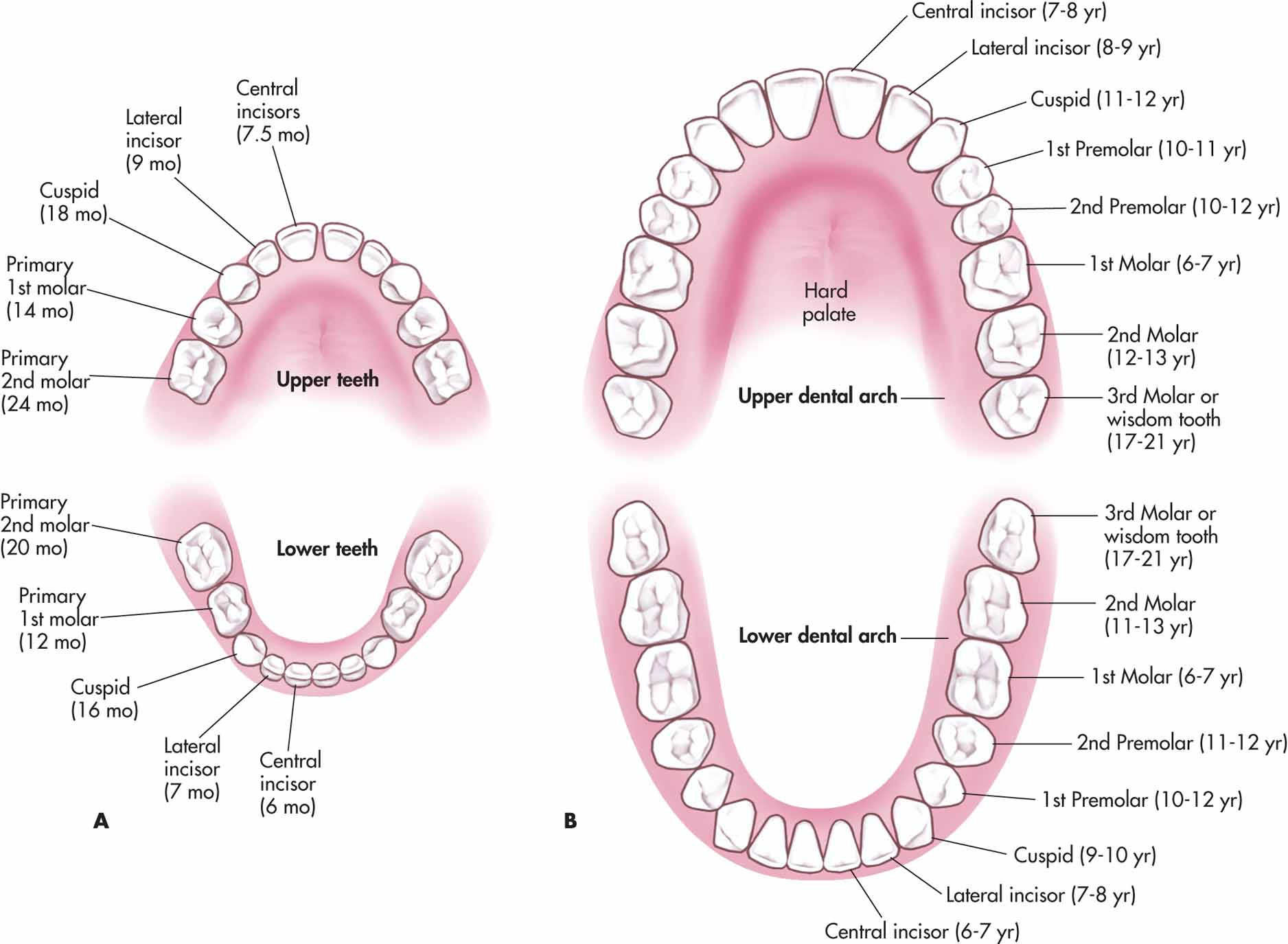
Deciduous And Permanent Teeth and Structure of a Tooth Earth's Lab
1. Introduction In order to understand tooth morphology, it is necessary to understand the anatomy of the structures within the tooth. In order to understand these, it is helpful to understand tooth development. Therefore, this chapter will cover tooth development and explain the tissues and structures involved in tooth growth.
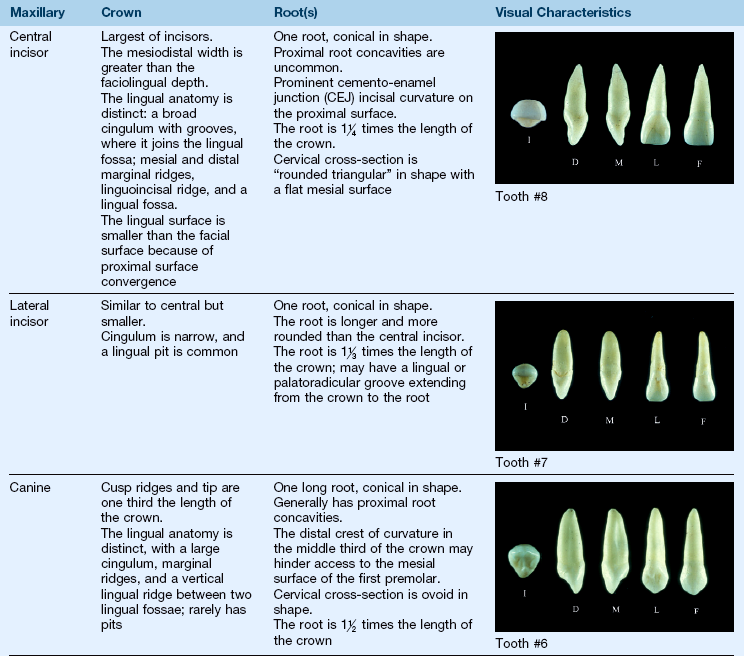
5 Clinical Oral Structures, Dental Anatomy, and Root Morphology Pocket Dentistry
Use tooth morphology to predict dietary preference and ecological function. Overview In this lab, we will study the evolution of the tetrapod feeding apparatus with a focus on tooth morphology. Teeth vary in structure and attachment to the skeleton depending on the animal's diet and feeding mechanism.

Anatomy and morphology of teeth
Tooth types The 4 main tooth types are incisors, canines, premolars, and molars. Premolars are only present in the permanent dentition. Incisors There are 8 incisors in both the permanent and primary dentition, with four in each dental arch. The two types are the central incisors and lateral incisors.

Figure 6.
Humans have two sets of teeth during their lifetime: the initial deciduous (primary) teeth and the successive permanent (secondary) teeth. [1] There are typically 20 deciduous teeth divided evenly across the maxilla and mandible.

Child and Adult Dentition (Teeth) Structure Primary Permanent TeachMeAnatomy
The tooth can be divided into two main parts: the crown and the root. An indentation (cervical line) encircles the tooth marking a distinction between the crown and the root. The crown is the part that emerges from the maxillary or jaw bone, has a hard and translucent surface (enamel); the root anchors the tooth to the alveolar bone and provides blood and nerve supply through the apical foramen.

Know The 4 Different Types Of Teeth And Their Functions
The present chapter is proposing a detailed and illustrated description of dental morphology of permanent dentition. The main topics are related to nomenclature, age of emergence, a description.
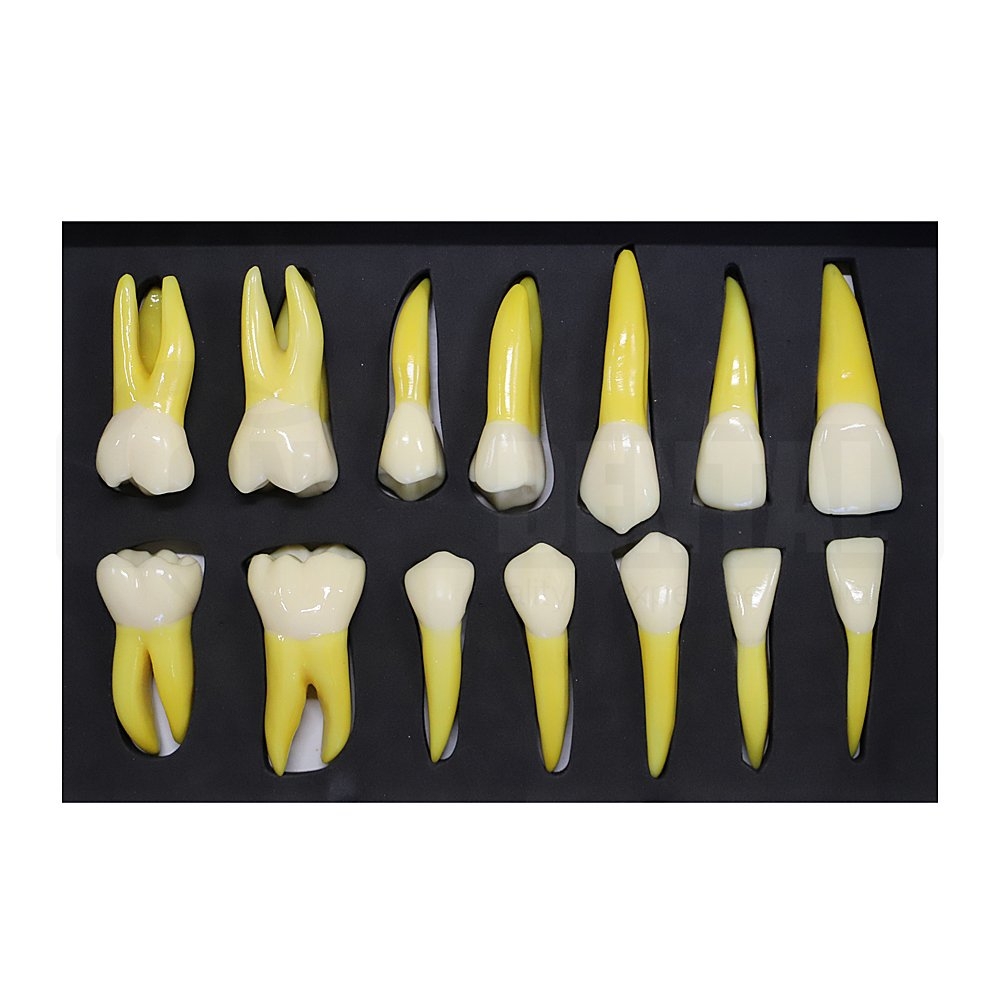
Tooth Morphology One Dental Pty Ltd
Synopsis. This article provides a brief review of recent investigations concerning the structure and properties of the tooth. The last decade has brought a greater emphasis on the "durability" of the tooth, an improved understanding of the fatigue and fracture behavior of the principal tissues and their importance to tooth failures.